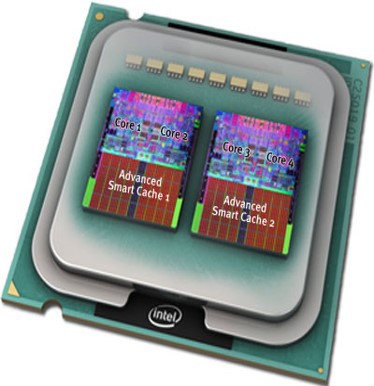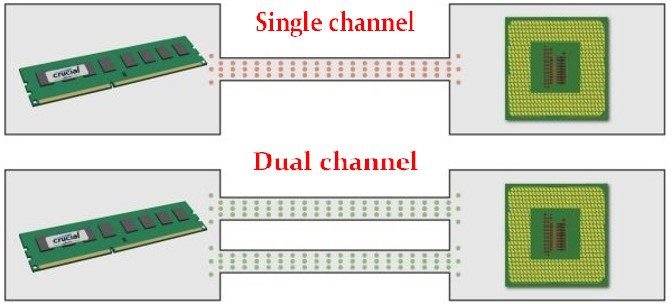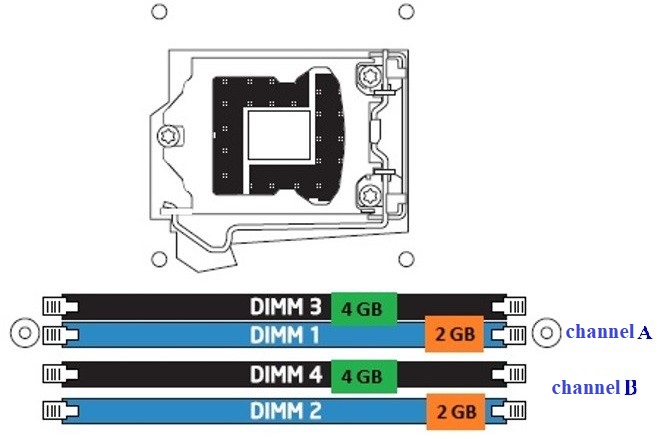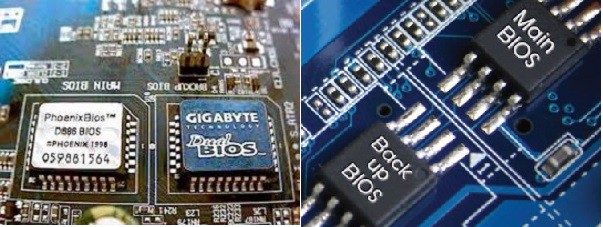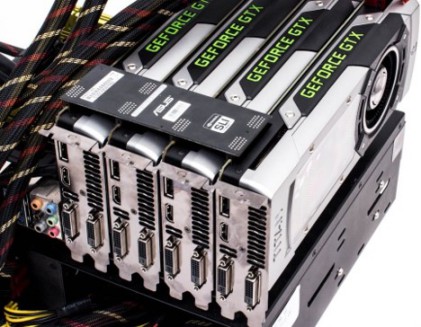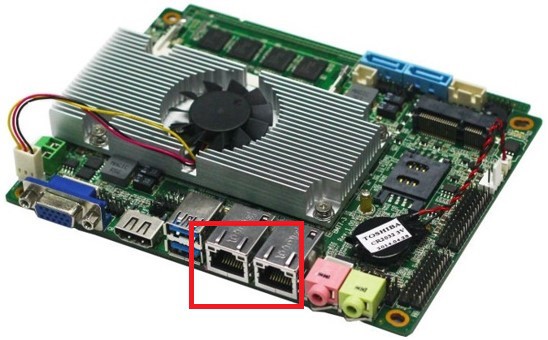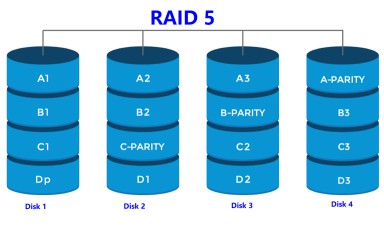There are several technologies on the motherboard that can improve the motherboard’s power and versatility, including:
- Hyper-Threading
- Multi-Core
- Dual Channel
- Dual BIOS
- RAID (Redundant Array of Independent Disks)
- Dual Graphics
1. Hyper-Threading
Intel invented Hyper-Threading. This technology enables the execution of 2 processing threads on one processor simultaneously while maintaining performance.
2. Multi-Core
Multi-Core technology enables processors to have multiple cores that work in parallel, sharing the computing and processing work that the processor undertakes.
The two most common Multi-Core technologies are Dual Core and Quad Core.
3. Dual Channel
This technology doubles the memory’s bandwidth compared to single channel. Its function is to “expand” the bus width between RAM and CPU.
Mounting only 1 stick of RAM will cause the mainboard to run in Single-channel mode. Mounting 2 RAM sticks will cause the mainboard to run in Dual channel mode under the following conditions:
- 2 RAM sticks must be mounted on both channels (2 RAM slots of the same color).
- The same type of RAM per channel (DDR2/DDR3/DDR4).
- Same memory capacity per channel.
For example, each channel has 2 RAM slots: one black slot and one blue slot. For a dual channel to work, two sticks of RAM must be inserted at the same time into the blue or black slots in both channel A and channel B. Additionally, the capacity of the two sticks of RAM on the channels must be equal. This is illustrated in the example below.
To calculate RAM memory bandwidth, use this formula:
- Bandwidth = BusSpeed x BusWidth x Channel
- BusWidth is usually 64 bits, and Channel is either Single (1) or Dual (2).
For example, if a RAM system has a bus speed of 400MHz and a bus width of 64 bits, the bandwidth can be calculated as follows:
- If using Single Channel: Bandwidth = 400 x (64/8) x 1 = 3200MBps.
- If using Dual Channel: Bandwidth = 400 x (64/8) x 2 = 6400MBps.
Note: Bandwidth refers to the amount of data that can be accessed by RAM within one second. Bandwidth is measured in bits per second (bps) or bytes per second (Bps).
4. Dual BIOS
Dual BIOS is a technology in which the motherboard has 2 ROM BIOS integrated: Main BIOS and Backup BIOS.
5. Dual Graphics
Dual Graphics is a technology that enables the addition of more than two graphics cards to boost performance, fulfilling the growing needs of games and graphics.
This technology is known as SLI by nVIDIA and Crossfire by ATI.
6. Dual LAN
Dual LAN is a technology that enables the motherboard to communicate with the network using two ports simultaneously.
7. RAID
RAID (Redundant Array of Inexpensive Disks) is a system that backs up data on different drives to ensure redundancy.
This technology works on Dynamic Disk on the server and has several advantages, including:
- Efficient data backup
- User-friendly and cost-effective
RAID is divided into 7 levels, but the most commonly used is RAID 5. This technology requires at least 3 drives with data stored in and backed up to another drive.

